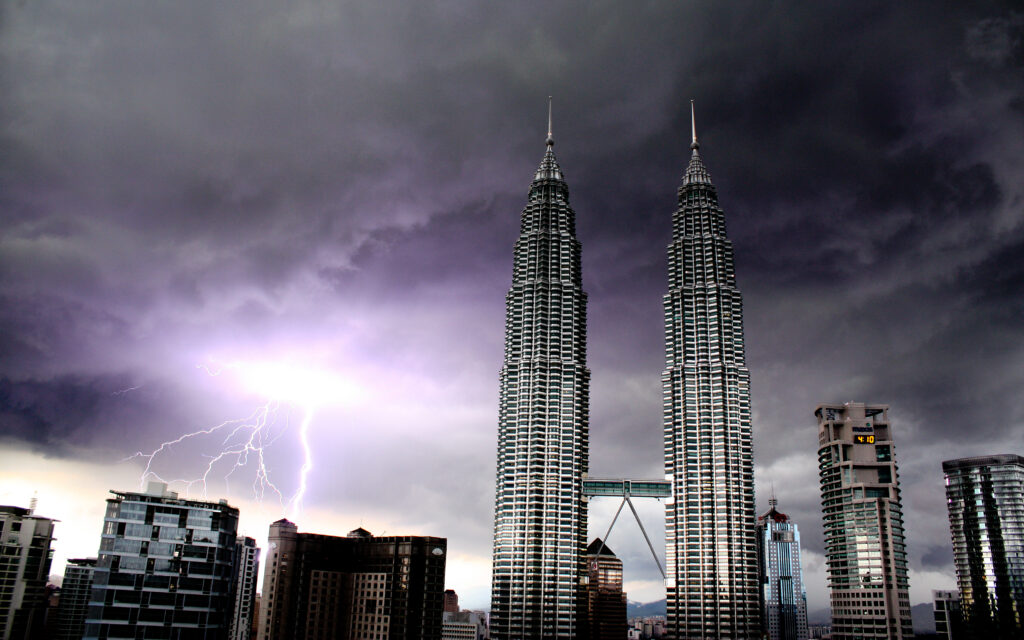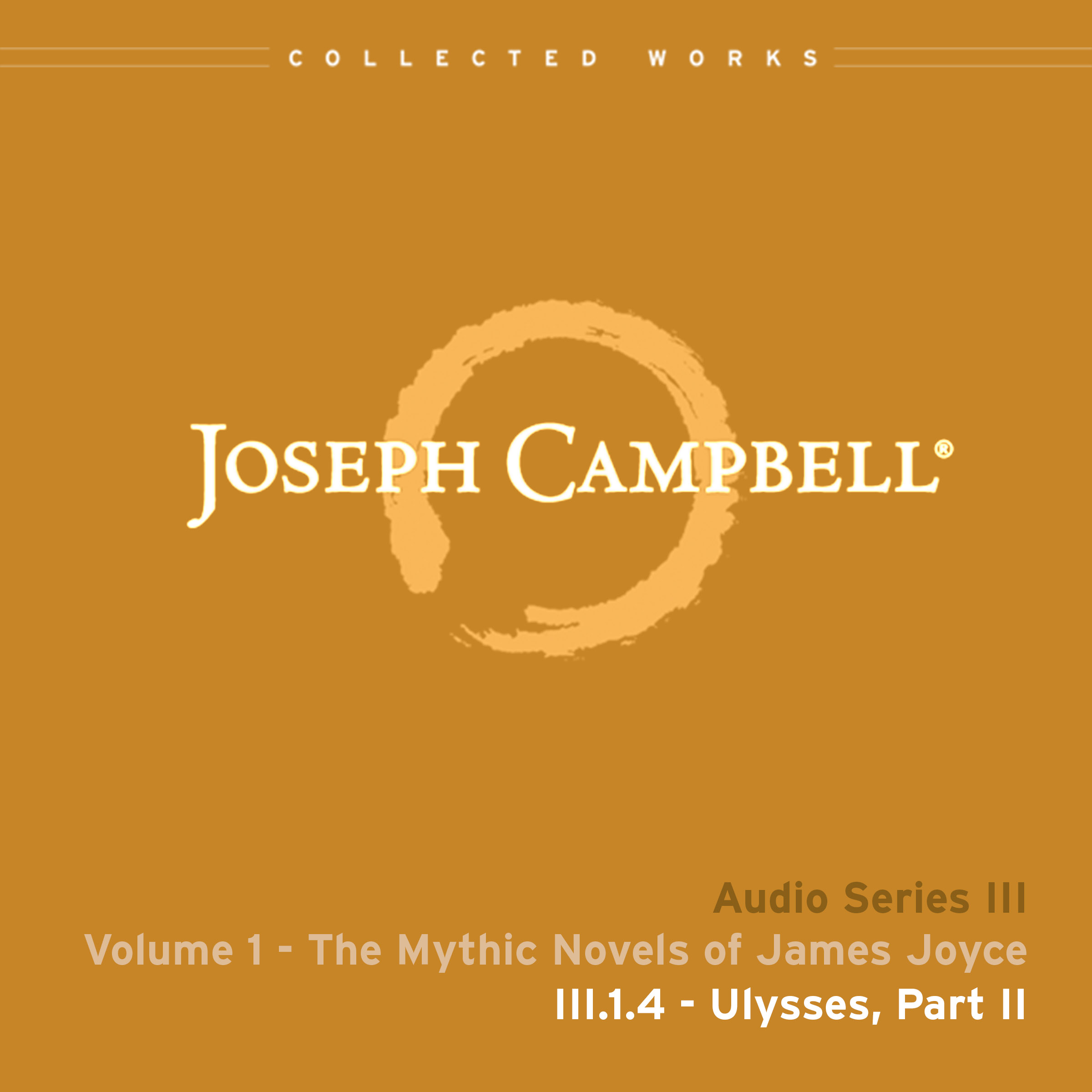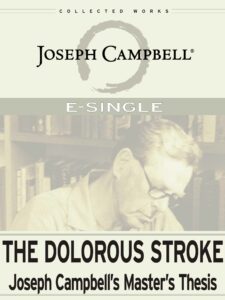That said, this essay is abundant in abstractions. But this is the only way that can be taken short of writing a poem around the topic, or of the reader simply gazing at the image of the Tower card and leaving it at that. Anyway, without further ado, let’s dive into it (so to speak).
Most would agree that getting blasted by lightning from one’s seemingly secure tower (that of course took so much time and work to build) and thence sent plummeting headfirst, and partially on fire, accompanied on all sides by random debris (also partially on fire) down to the cold hard rocks below is bad.
We naturally wish to preserve ourselves from such episodes. Banisters, for instance, are a popular architectural feature, preserving us from potential falls. However, to a mythologist, all such content is ambiguous. Whether in a fall or in a thing that preserves us from falling, both contain their positive and negative values. So our tower which preserves us from exposure to dangers also obstructs our contact and involvement with the world. We are safe, but also we are alone, walled in, imprisoned. This can be the case even if our tower is fine and luxurious. Let me add also that the problem is not in the tower per se—we all have them and, indeed, need them. Rather, it is in the kind of towers we build or inhabit, and that we are mindful of inevitable collapses and falls.
The presence of the paradoxical (and often ironic) evolutionary values that accompany a fall slowly accrues in the awareness of those who study myth, to whom a fall is an initiation into transformation on behalf of, and upon, the soul. The root mythological metaphor of the soul’s transformation is contained in the underworld motif and in the characters, narratives, and images that inhabit it.
Hence, we have so many downward (either physically or conceptually) and death-like initiation-catalysts: baptisms by water (drowning), fasting (starving to death), shamanic initiations that involve illness, deprivation, and psychedelics (physical dilapidation and losing one’s mind), and let’s not forget lightning bolts, which in the case of the Tower card, deals the initiating blow.
Most obvious is that our inflation or excessive self-preservation which places us high-up is perhaps precisely what attracts the lightning-stroke. As it is in the natural world, the higher the object, the more likely it is to be struck. And let’s also consider that sometimes it is not we who place ourselves high-up, but rather that we are placed there by an outside agent. As a practical (albeit mild) example, it may have been pleasant being lifted up when you were receiving great praise from the boss at the workplace, but the next day, you may receive some subtle lightning-strikes from all the other smaller towers (i.e., envious coworkers) around you.
In his master’s thesis, A Study of the Dolorous Stroke: On Wasteland Imagery in the Arthurian Legends, Joseph Campbell addresses an unusual image that occurs in several Arthurian-literature sources. He quotes:
And in the midst of the chamber was a great table, and of very rich silver, placed upon four legs of silver; and upon this table was a great basin of gold, and within this basin stood a lance, perpendicularly, point downward, and any one looking at it would have marveled because it was not inserted, nor supported, nor fastened anywhere. (Romance of the Grail: The Magic and Mystery of Arthurian Myth 173)
The lance described above is the object that is used to wound the grail-king through his thighs which, of course, fells him. And then (and quite literally like a tower) the castle magically crumbles in ruin and many are killed or wounded. These events are precipitated by the lance—our metaphoric lightning-bolt counterpart—which, like actual lightning, is neither “supported” nor “fastened” anywhere.
Within his thesis, Campbell addresses many different mythologies from around the world in which this theme occurs—sometimes with a sword in place of a lance—and eventually, he refers to the weapon (in its general, archetypal sense) as the “lightning lance.” He also addresses it as a fertility symbol, which is quite fitting to our present inquiry into the Tower card since we could say that the fall, the downward direction, whether it be to the mythological/metaphorical underworld or simply down into the ground, is where fertilization and subsequent rebirth/renewal transpires.
Most interesting to me however, is that it is this “dolorous stroke”—via lance, sword or lightning—that in the Arthurian mythology initiates the great quest to heal the wounded king, who by the way is also known as the “Fisher King” which you may recognize in the substrata of T. S. Eliot’s infamous and notoriously mythic poem “The Waste Land.”
I’d like to close with a somewhat negligible solution to managing the tower-lightning problem—although “negligible” is better than the alternative “nothing”—and simply suggest (to myself, perhaps most of all) that one should do well in building towers, in fact plenty of them, but maybe try to keep them small, cozy, and, especially, low to the ground.
Thanks for reading!
 Yours,
Craig Deininger
Yours,
Craig Deininger
Craig Deininger is a mythologist, poet, Jungian scholar, and construction worker. In addition to Jungian Psychology, he has taught writing, creative writing, and various literature courses at several colleges and universities. He has been a part of the
Joseph Campbell Mythological RoundTable ® group in Ojai, California since 2011, where he presents primarily on Imagination, Mythology, and Alchemy.







